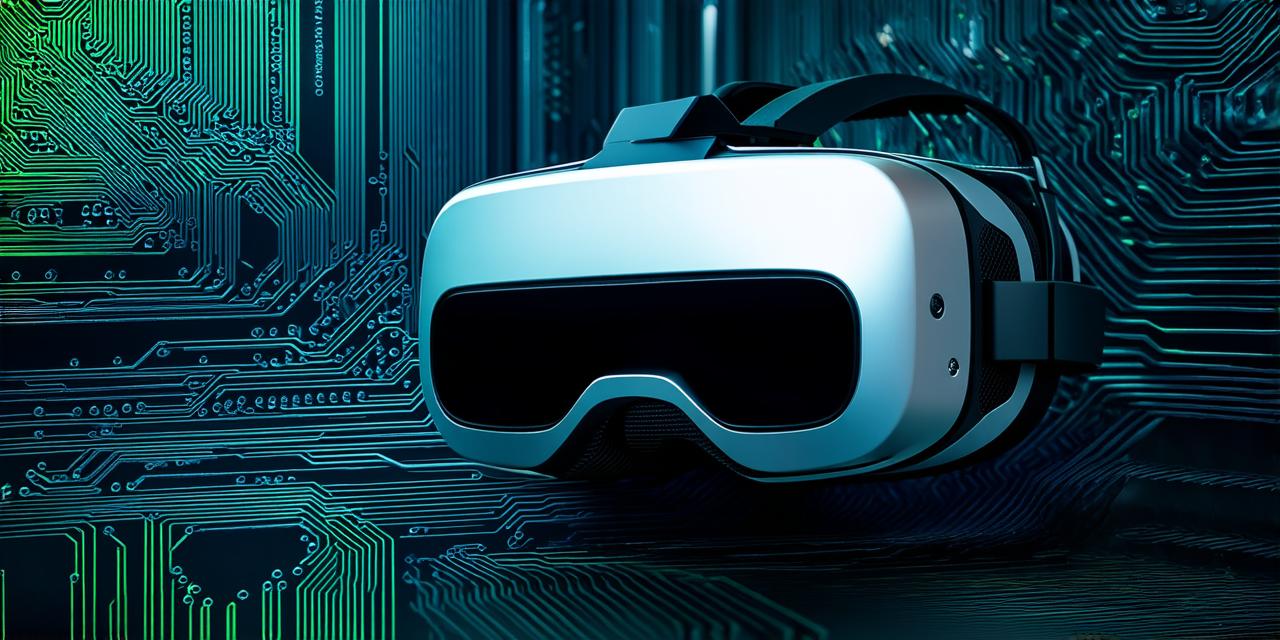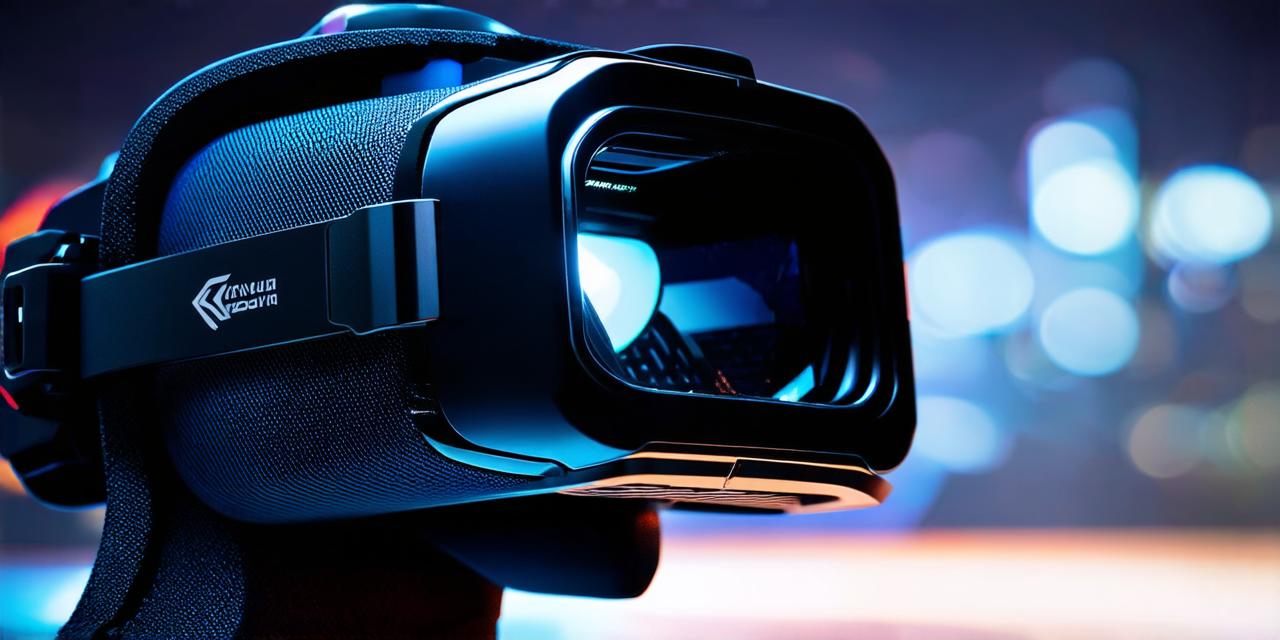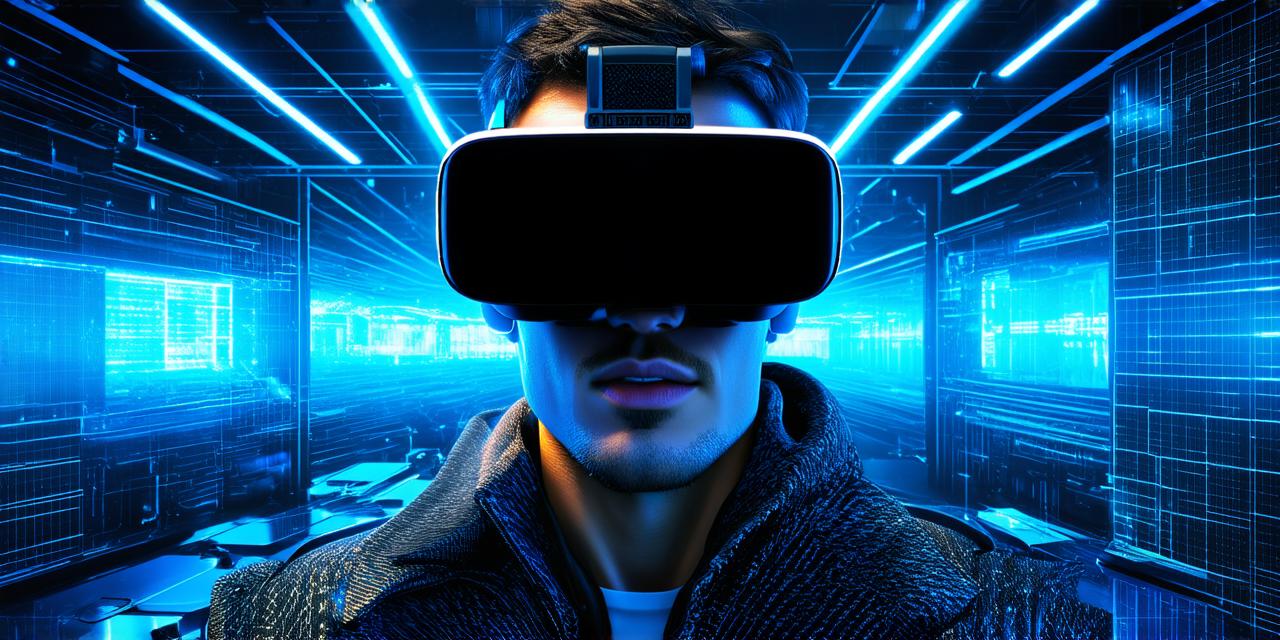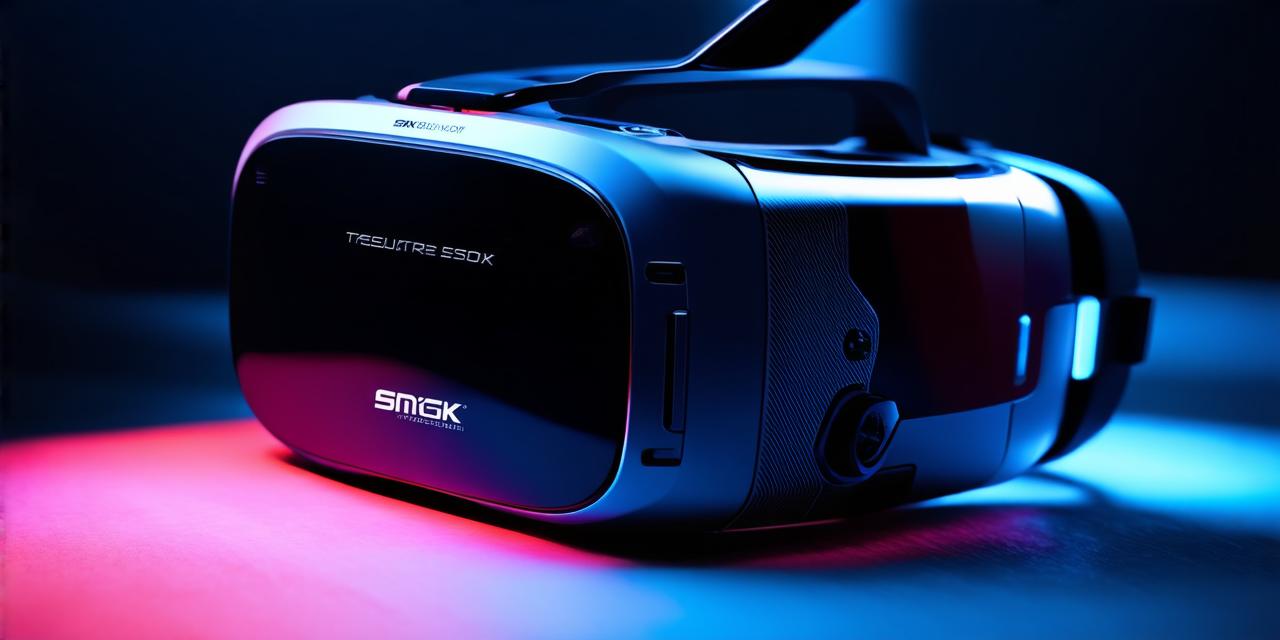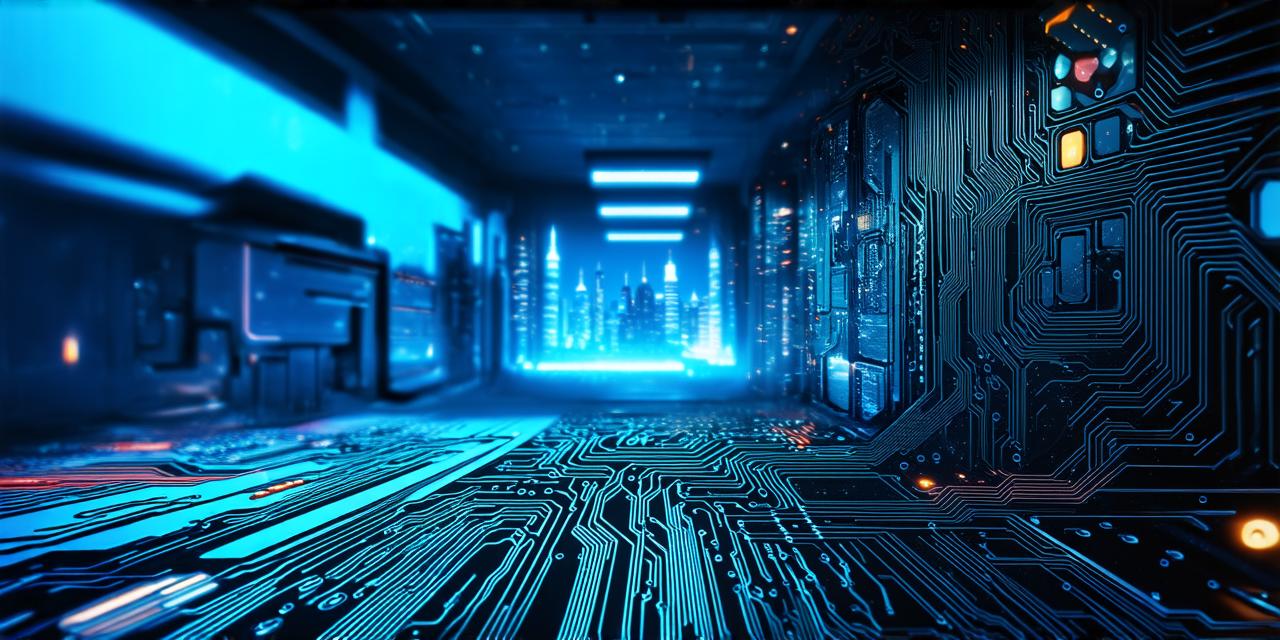Virtual reality (VR) has been gaining popularity in recent years due to its immersive and interactive nature. It is a technology that simulates a 3D environment in which users can interact with objects, characters, and the environment itself using special VR devices.
Hardware Requirements for Creating a Virtual Reality Environment
Before you start creating your own virtual reality environment, you need to consider the hardware requirements. The most important components are the VR headset, motion controllers, graphics card, and computer.
VR Headset:
The VR headset is the device that you wear on your head to experience the virtual world. There are various types of VR headsets available in the market such as Oculus Rift, HTC Vive, PlayStation VR, and Samsung Gear VR. Each has its own unique features, but they all provide a similar immersive experience.
Motion Controllers:
The motion controllers are used to track your movements in real-time and translate them into virtual actions. They typically consist of handheld devices that use sensors to detect the position and movement of your hands. Some VR systems come with built-in motion controllers, while others require separate devices such as the Oculus Touch for Oculus Rift.
Graphics Card:
The graphics card is responsible for rendering the 3D images and animations in real-time. It is an essential component of any VR environment, as it determines the quality and smoothness of the visuals. The higher the graphics card’s performance, the more realistic and immersive the virtual world will be.
Computer:
The computer is responsible for running the software that powers the VR environment. It needs to have a powerful processor and sufficient memory to handle the demands of VR development. You will also need a high-speed internet connection if you plan to publish your VR environment online.
Software Tools for Creating a Virtual Reality Environment
Now that you have an idea of the hardware requirements, let’s discuss the software tools that you will use to create your virtual reality environment. There are various software tools available in the market, each with its own unique features and capabilities.
Unity 3D:
Unity is a powerful game engine that can also be used to create VR environments. It has a wide range of tools and assets for creating immersive and interactive experiences. Unity supports various platforms, including PC, mobile, and consoles.
Unreal Engine:
Unreal Engine is another popular game engine that is widely used in the VR industry. It offers a wide range of features for creating highly realistic and immersive environments. Unreal Engine also supports various platforms, including PC, mobile, and consoles.
A-Frame:
A-Frame is an open-source web framework for building virtual reality experiences using HTML, CSS, and JavaScript. It allows you to create VR environments that can be accessed through a web browser without the need for any additional software or hardware.
Blender:
Blender is a free and open-source 3D modeling and animation software that can also be used to create VR environments. It offers a wide range of tools for creating highly detailed and realistic 3D models.
Maya:
Maya is a professional 3D modeling and animation software that is widely used in the film and game industries. It offers a wide range of features for creating immersive and interactive VR environments.
Programming Concepts for Creating a Virtual Reality Environment
Now that you have an idea of the software tools, let’s discuss the programming concepts that you will use to create your virtual reality environment. Here are some of the most important ones:
Scripting:
Scripting is the process of writing code to control the behavior of objects and characters in your VR environment. You can use various scripting languages such as C, JavaScript, and Python depending on the software tool you are using.
Input/Output:
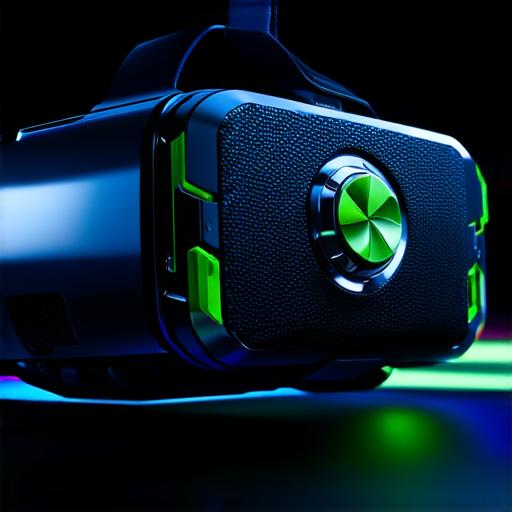
Input/output (I/O) refers to the communication between the user and the virtual world. In a VR environment, this typically involves tracking the user’s movements using motion controllers and translating them into virtual actions.
Rendering:
Rendering is the process of generating 3D images and animations in real-time. It involves optimizing your code for efficient rendering and minimizing lag.
Performance Optimization:
Performance optimization is crucial for creating a smooth and immersive VR environment. You need to optimize your code to minimize lag, reduce stuttering, and improve overall performance.
Networking:
If you plan to publish your VR environment online, you will need to implement networking concepts such as multiplayer, peer-to-peer communication, and server-side hosting.
Successful Virtual Reality Environments and Real-World Applications
Now that you have an idea of the hardware requirements, software tools, and programming concepts let’s look at some successful VR environments and real-world applications to see how they were created.
Google Street View:
Google Street View is a virtual reality application that allows users to explore 360-degree photos of the world. It was created using Unity and can be accessed through a web browser without any additional software or hardware.
Oculus Experience:
The Oculus Experience is an app that showcases various VR experiences created by developers. It includes games, educational applications, and virtual tours.
NASA’s Orion Spacecraft:
NASA’s Orion spacecraft was designed using 3D modeling software and then simulated in a virtual reality environment to test its design and functionality.
Medical Training:
Virtual reality can be used for medical training to simulate surgeries, diagnose diseases, and train doctors and nurses. It provides a safe and controlled environment for learning and practice.
Virtual Shopping:
Virtual shopping is becoming increasingly popular as it allows users to try on clothes and make purchases without leaving their homes. It can be created using 3D modeling software and integrated with e-commerce platforms.
FAQs
Now that you have an idea of how to create a virtual reality environment, let’s answer some frequently asked questions.
1. What hardware do I need to create a VR environment?
You will need a VR headset, motion controllers, graphics card, and computer to create a VR environment.
2. What software tools can I use to create a VR environment?
There are various software tools available for creating VR environments, including Unity 3D, Unreal Engine, A-Frame, Blender, and Maya.
3. What programming concepts do I need to know to create a VR environment?
You will need to know scripting, input/output, rendering, performance optimization, and networking concepts to create a VR environment.
4. Can I create a VR environment using web technology?
Yes, you can create a VR environment using web technology such as HTML, CSS, and JavaScript with frameworks like A-Frame.
5. What are some real-world applications of VR environments?
Virtual reality can be used for various applications including education, entertainment, healthcare, and retail.
Conclusion
Creating a virtual reality environment requires a combination of hardware, software tools, and programming concepts. With the right tools and knowledge, you can create immersive and interactive VR experiences for various applications in education, entertainment, healthcare, and retail.
